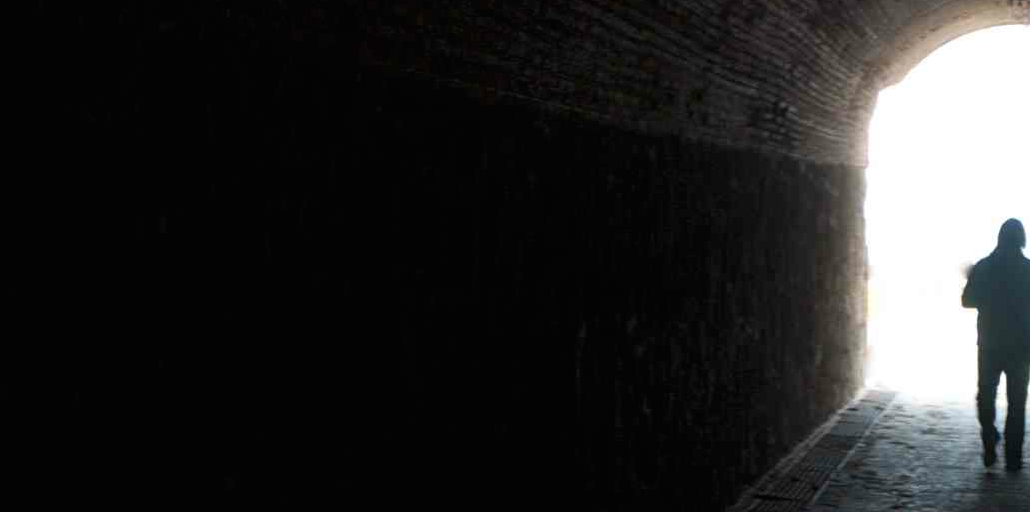Agencies outline their biggest challenges (other than clients)

 Agencies have plenty of problems on their hands. At the Digiday Agency Summit in Austin, Texas, this week, attendees from agencies across the country were asked to jot some of their biggest challenges down on a sticky note and put them all up on a board. Answers varied but some themes emerged: millennials, talent, clients, technology and “keeping up” all figured.
Agencies have plenty of problems on their hands. At the Digiday Agency Summit in Austin, Texas, this week, attendees from agencies across the country were asked to jot some of their biggest challenges down on a sticky note and put them all up on a board. Answers varied but some themes emerged: millennials, talent, clients, technology and “keeping up” all figured.
We asked a few high-level attendees to expand on what agencies’ biggest problems were. Other than clients, of course. Excerpts:
Kristen Cavallo, president, Mullen
One major challenge is assigning value to modern creative content. There’s a temptation to assume that because shareable content is created quickly, consumed rapidly and replaced by the next big thing, that it doesn’t have the same value as traditional creative that is promoted repeatedly in mass media for months on end. The reality is content that is talked about and shared — that builds buzz and consumer engagement, no matter what it cost to produce — is just as valuable, if not more so, than the most elaborate commercial production you can imagine. I believe there are some clients dipping their toes into the social media sea because they envision great cost savings compared to traditional advertising. They may achieve cost savings in terms of production budgets and media buying expenses, but we as creators of the content must preserve the value of the idea. Creative is currency with vast economic multiplier potential.
Jon Jackson, executive creative director, Huge
One of the challenges of agency life is keeping people happy, inspired and constantly learning. To do this, you need to make sure that the work is consistently challenging through variation of not just brands, but the type of work. Agencies can get pigeonholed because they have done one thing well and the best and brightest individuals will get bored if they’re only used one dimensionally. A beer fridge is nice, but the opportunity to do multi-category leading work is always better.
Ben Gaddis, chief innovation officer, T3
Differentiation continues to be the largest challenge in the industry; setting yourself apart from the competition is critical to who wins and loses given the rapid pace of change — especially in digital. For instance, one way we distinguish ourselves at T3 is by providing our clients access to an in-house engineering team and an incubation lab to ensure clients stay on the cutting edge.
Alister Adams, vp, Content and Innovation, Publicis Modem
The biggest challenge for any agency is to keep evolving and changing without losing their core agency DNA. Agencies needs to keep investing in new capabilities — digital, social, mobile, search, content, technologists — so as to ensure they continue to deliver competitive advantages for their clients. But what cannot change is still thinking business-changing ideas first, not tactics first; and then ensuring that that this idea is brought to life in an truly interconnected way.
Pete Stein, CEO, Razorfish
Talent is the No. 2 concern, but the huge challenge is “future-proofing” the agency. The marketplace is evolving so fast and we don’t have unlimited funds, so we need to make tough calls on where to place our bets.
More in Marketing

With the rise of the chief AI officer, it’s time to examine ‘czar’ culture
Even if it’s a familiar pattern — hot new thing, new C-Suite exec to tackle said thing, a few years go by and that C-Suite position no longer exists as everyone is now doing said thing (or it was a fad that has since faded away) — does it make sense for businesses to continue to appoint new czars with every new trend?

Why Cava’s bid for brand awareness means prioritizing streaming ads
Fast-casual restaurant chain Cava has been in growth mode over the past year and is leaning into streaming ads in an effort to boost brand awareness.

A history of middle manager stress: The Return podcast, season 3, episode 1
In episode one, McKinsey partner Emily Field tells us more about why middle management is critically important to the workforce.





